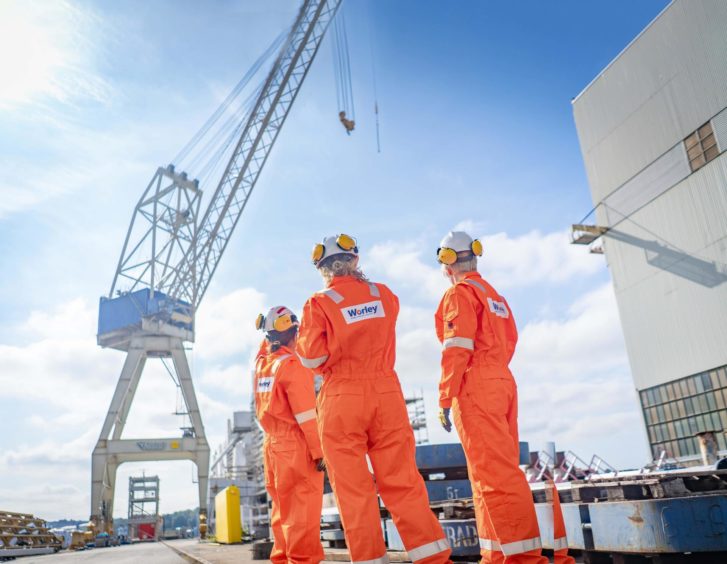
Worley will carry out a front-end engineering and design (FEED) study for the proposed Nigeria-Morocco Gas Pipeline (NMGP) project.
The link would run for more than 7,000 km. It would cross 13 countries and even extend into Europe, Worley said. It would be the longest offshore pipeline in the world – and the second longest overall. The longest is China’s West-East gas pipeline, which is just over 8,700 km.
Morocco’s Office National des Hydrocarbures et des Mines (ONHYM) and Nigerian National Petroleum Corp. (NNPC) are backing the project.
Worley’s Intecsea unit, which focuses on offshore engineering consultancy, will manage the FEED from The Hague.
“Being part of a project that not only looks towards sustainability, but also contributes to boosting regional economy and supports the development of local communities is an incredible opportunity,” said Intecsea managing director Ping Liu.
The gas pipeline is “a project that reflects our purpose of delivering a more sustainable world. We look forward to working with ONHYM and NNPC as we journey into a new chapter for West Africa.”
Wide impact
Worley said the pipe would support local industries and economies through the delivery of reliable and sustainable energy. It would also provide new scope for exports to Europe.
Worley’s team in London will handle onshore FEED, in addition to the Environmental and Social Impact Assessment (ESIA) and Land Acquisition Studies (LAS).
The company’s offices in Africa, and its delivery team in India’s Hyderabad, will also provide support.
Worley’s Advisian will work on analysis of the electrification and the energy self-sufficiency in the region. Meanwhile, the company’s offices in the UK and Madrid will consider how renewable energy resources may power the pipeline and reduce its carbon footprint.
The Nigeria-Morocco pipeline appears ambitious – but there is clear political support for the plan. Nigerian President Muhammadu Buhari and Morocco King Mohammed VI have held talks on the project as part of a deepening of the two countries’ links.
The plan has some similarities to the Trans-Saharan Gas Pipeline (TSGP), which would run from Nigeria, through Niger and into Algeria. Representatives from the three states reaffirmed their interest in mid-February at a summit.
